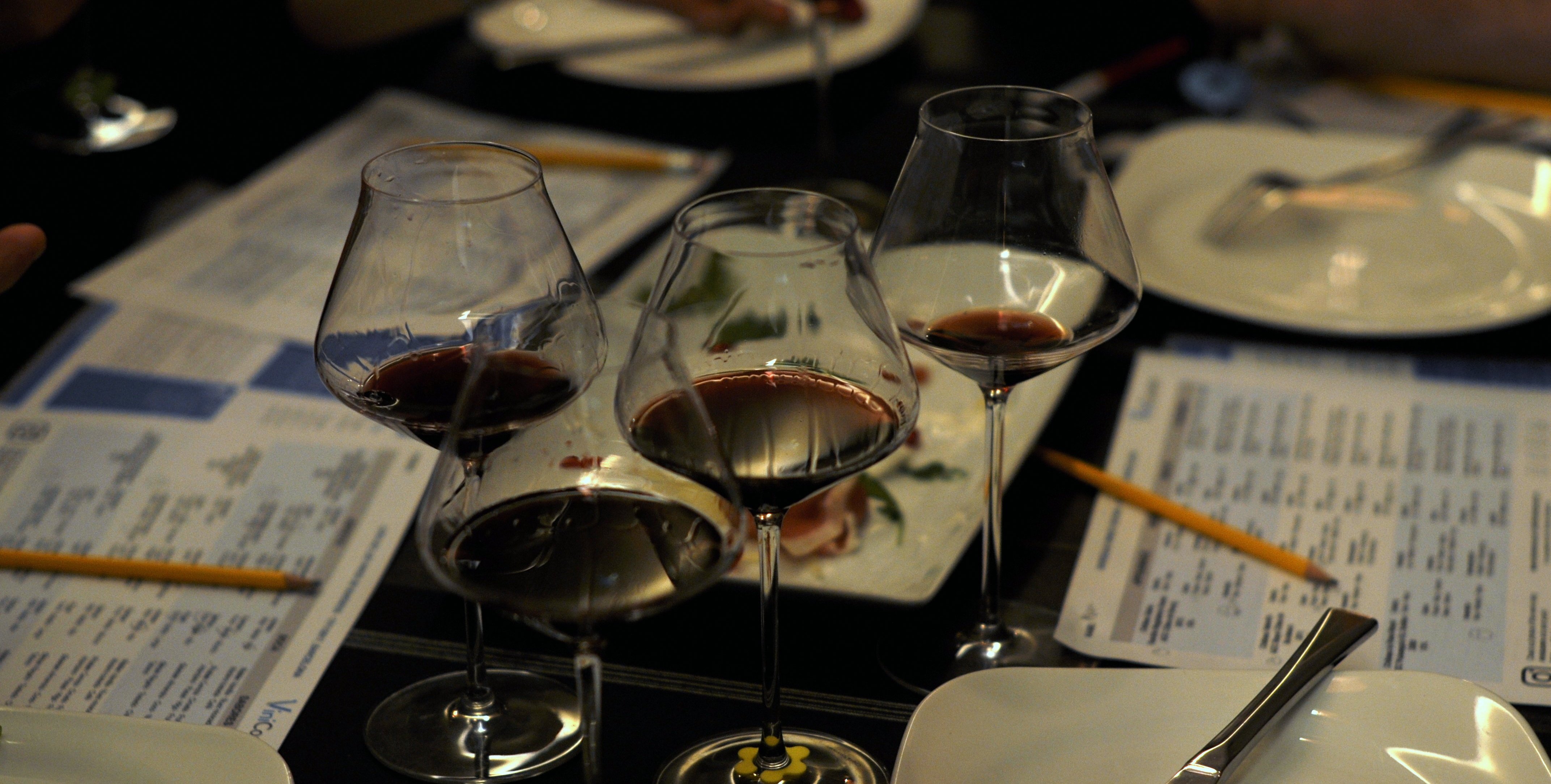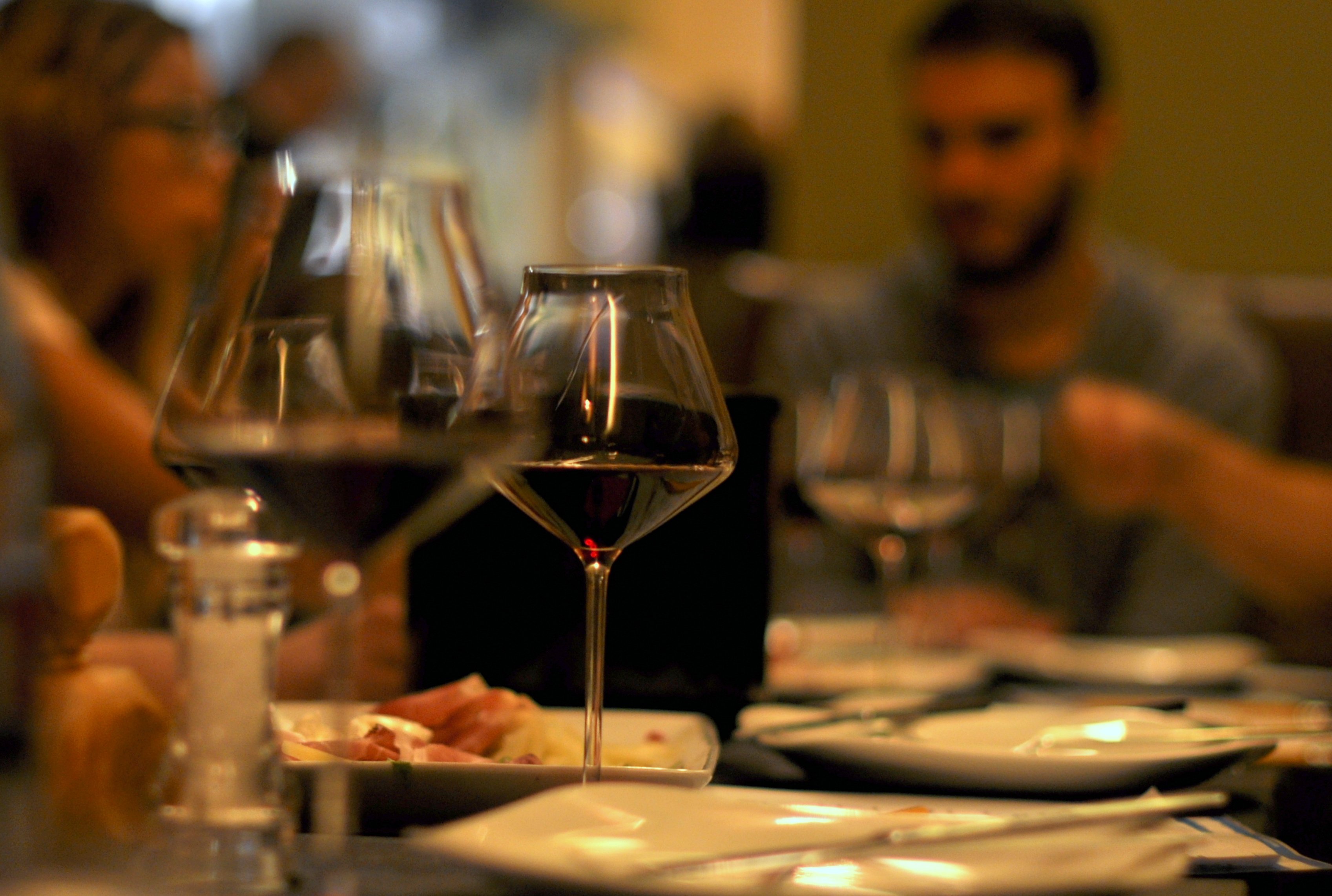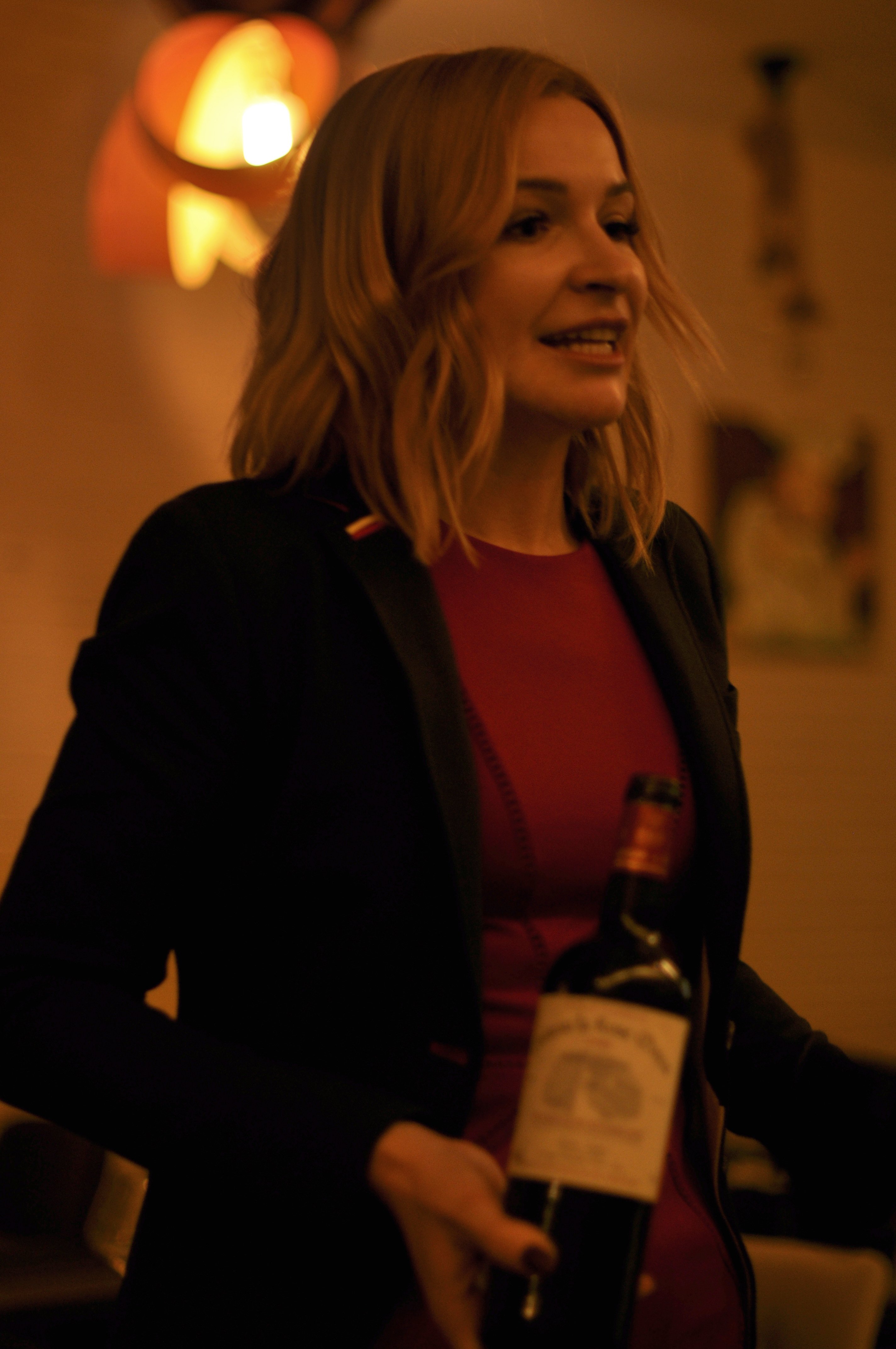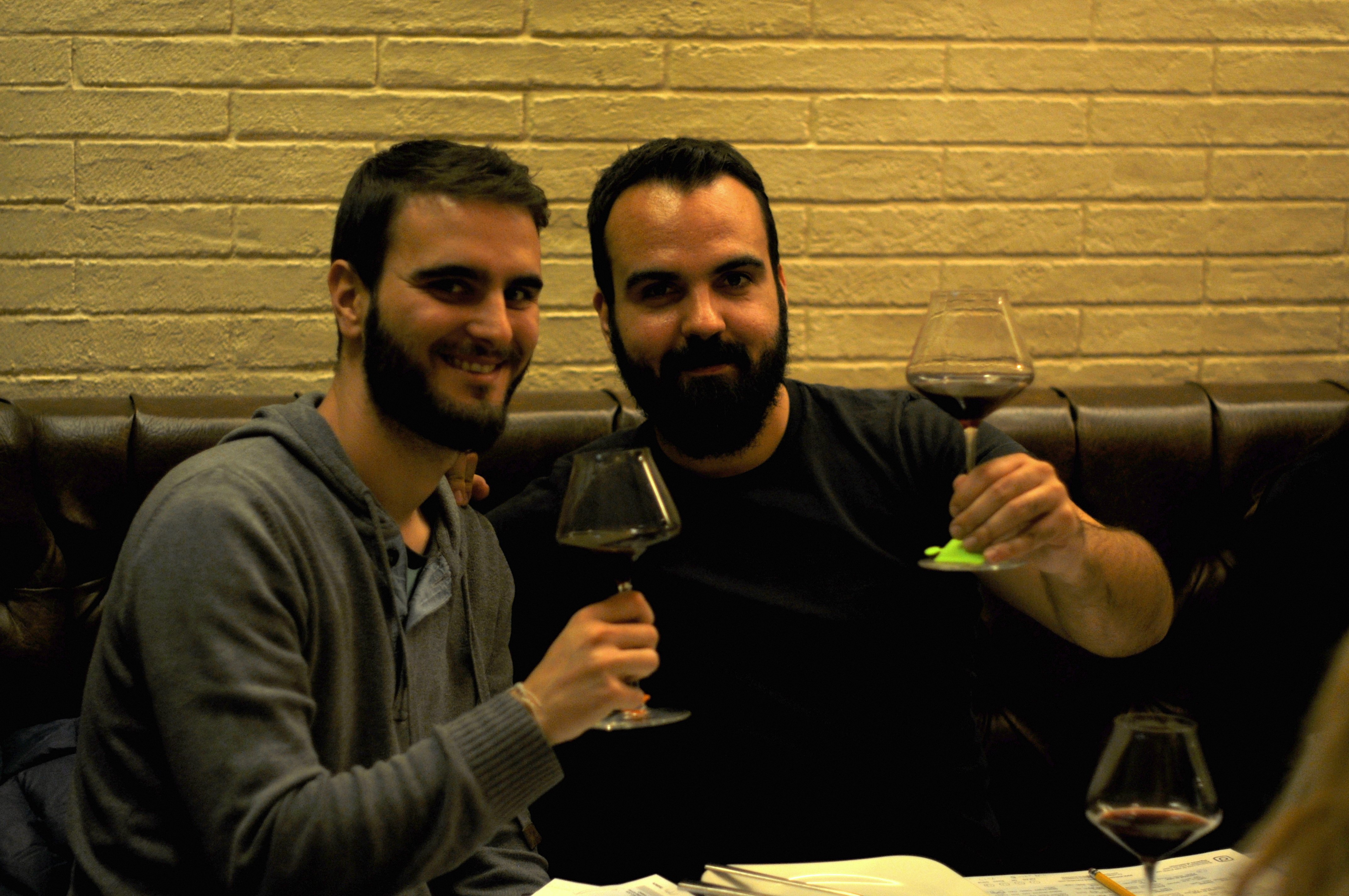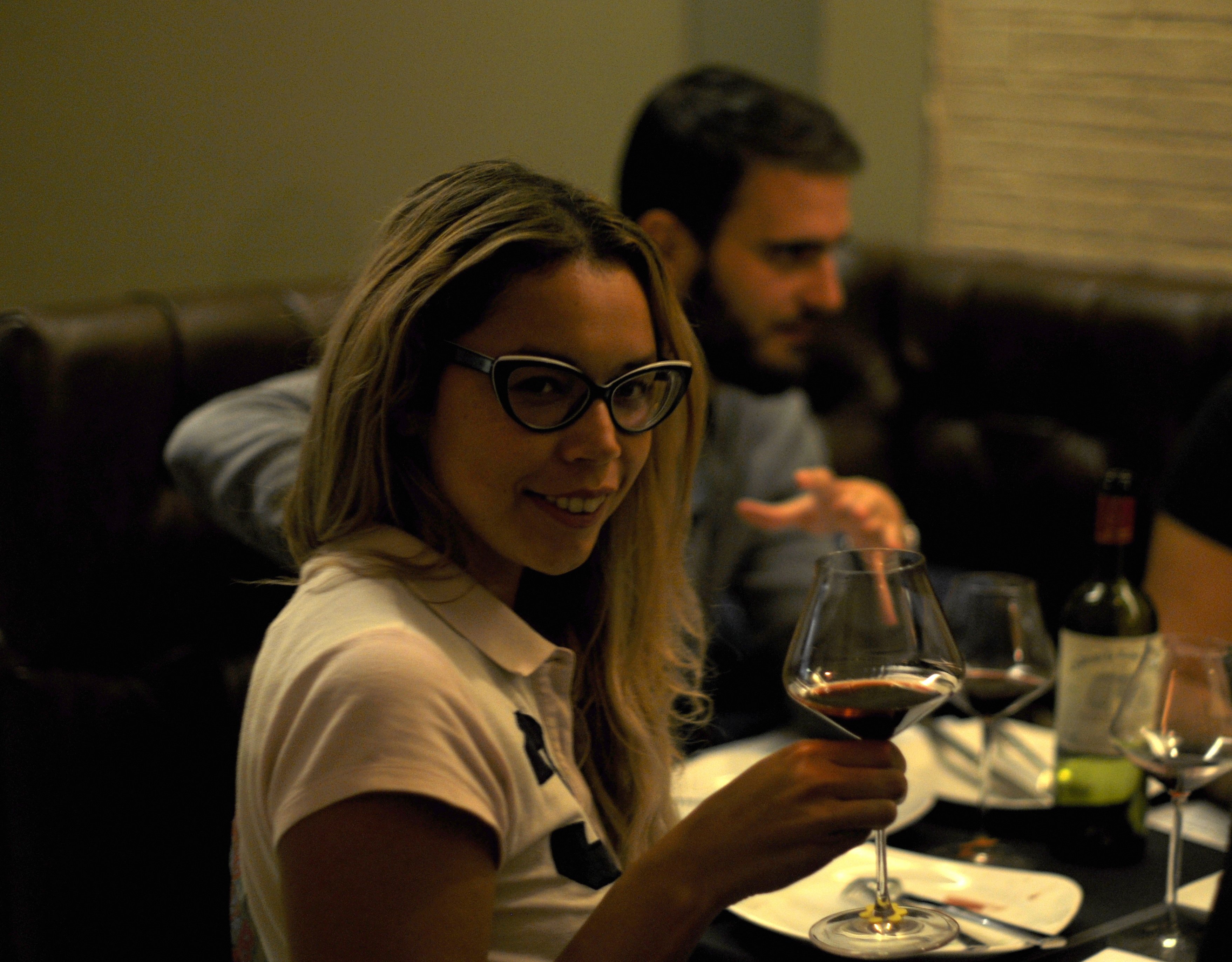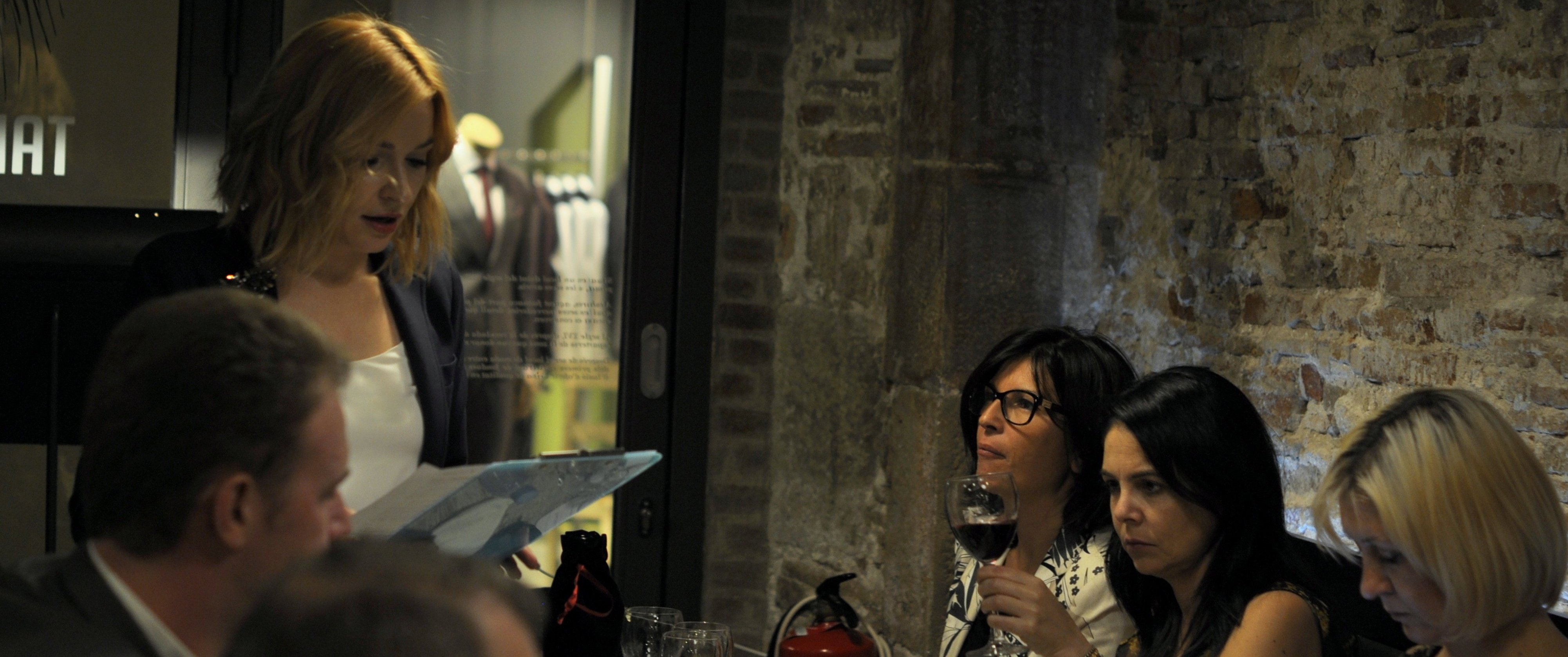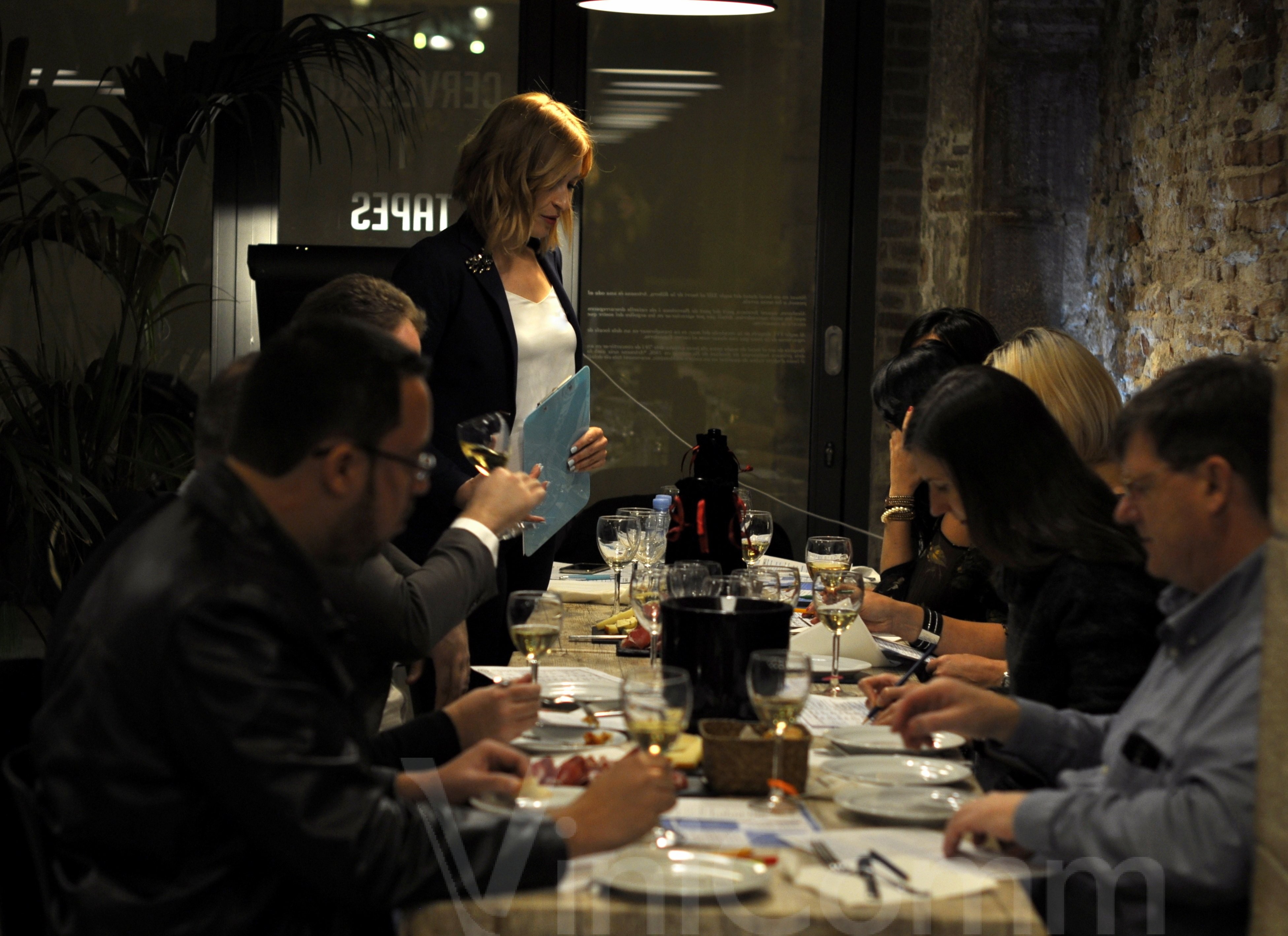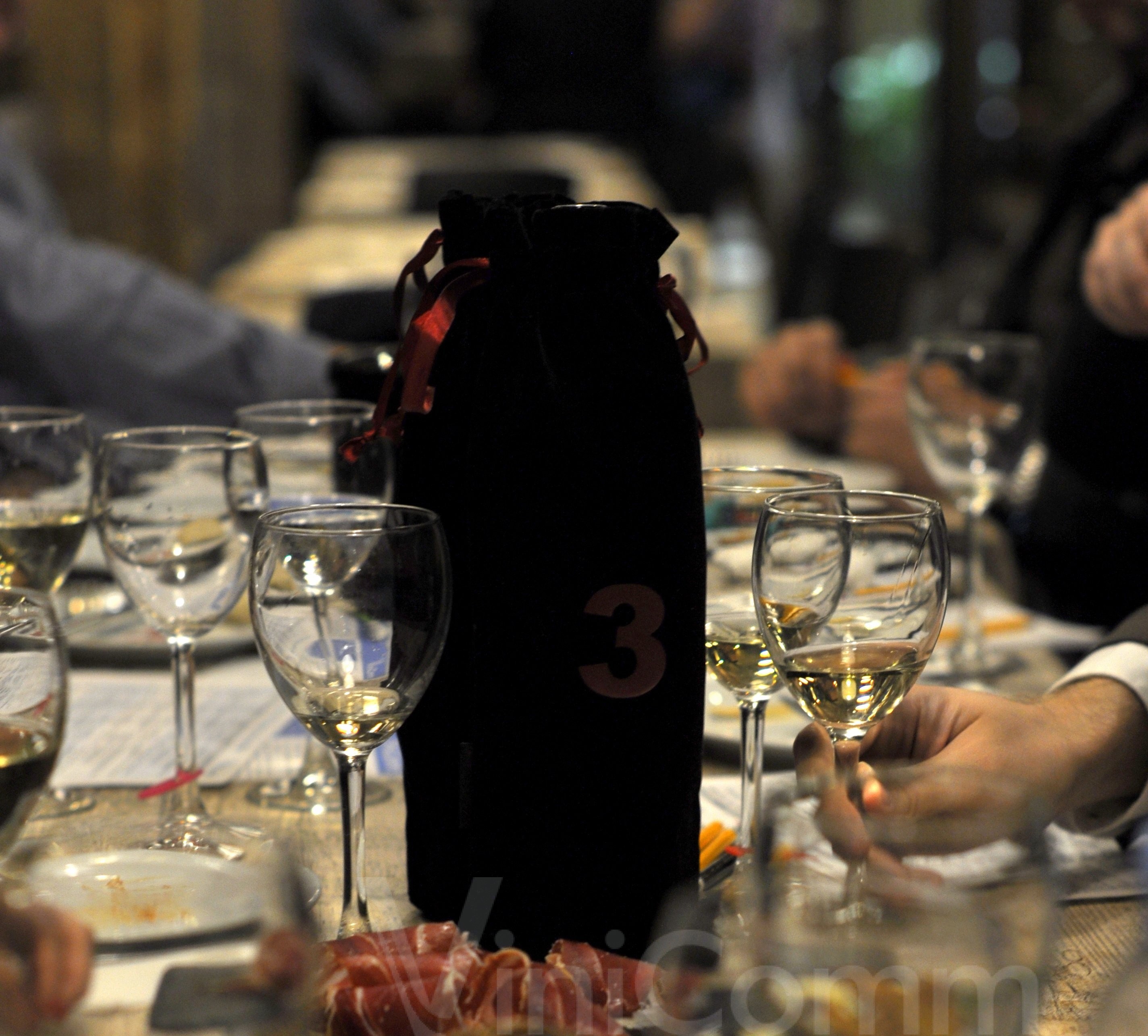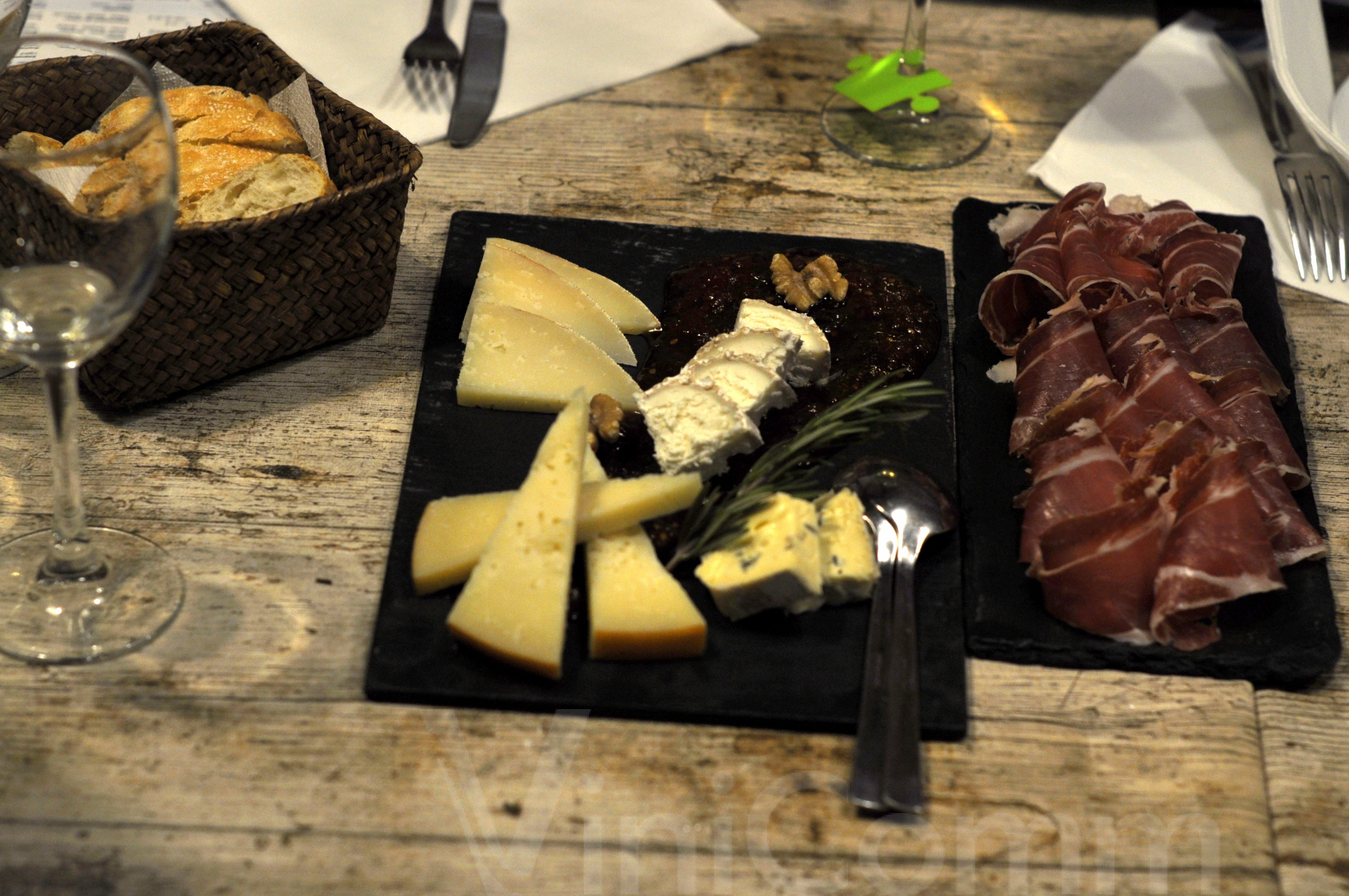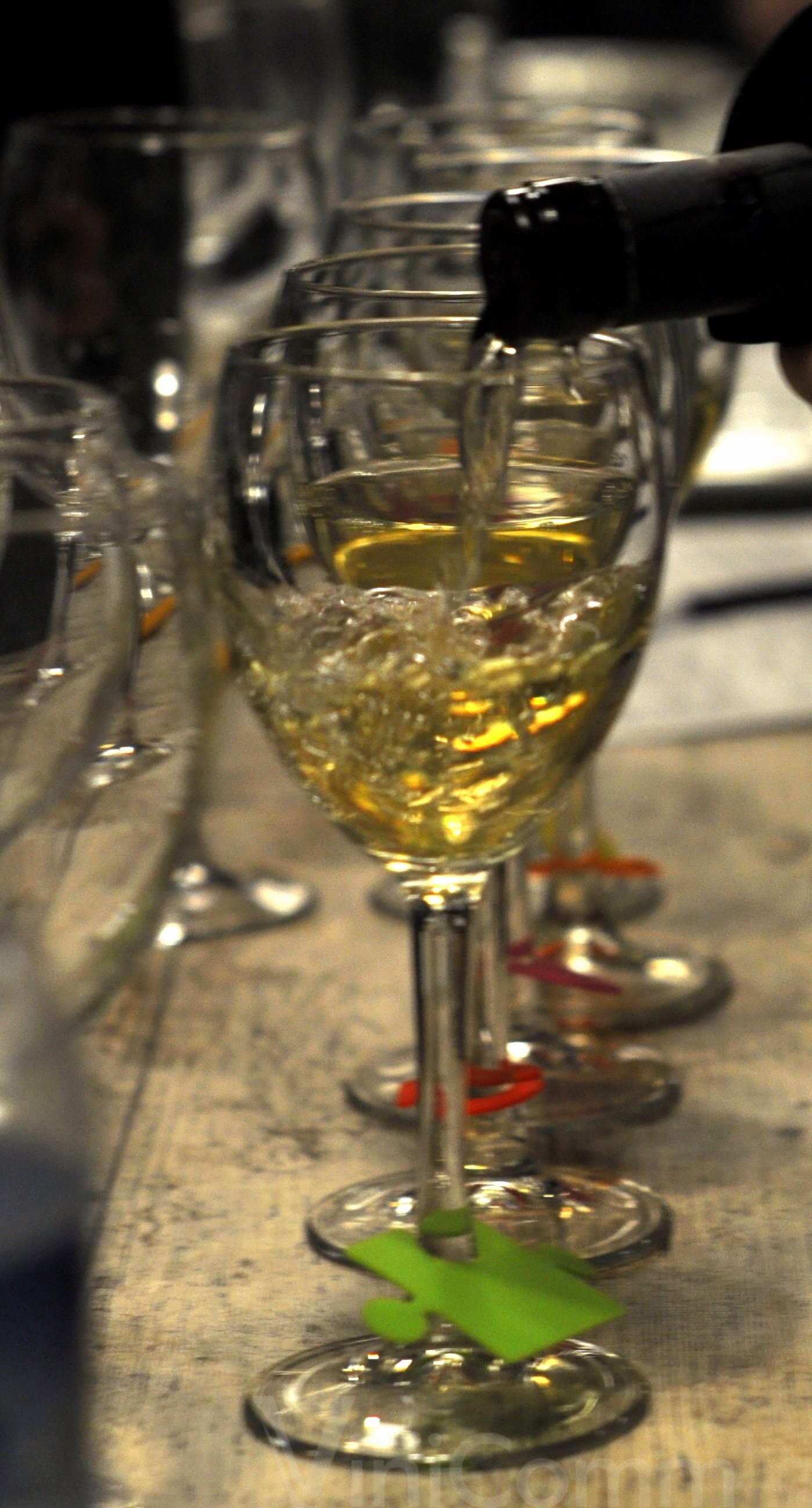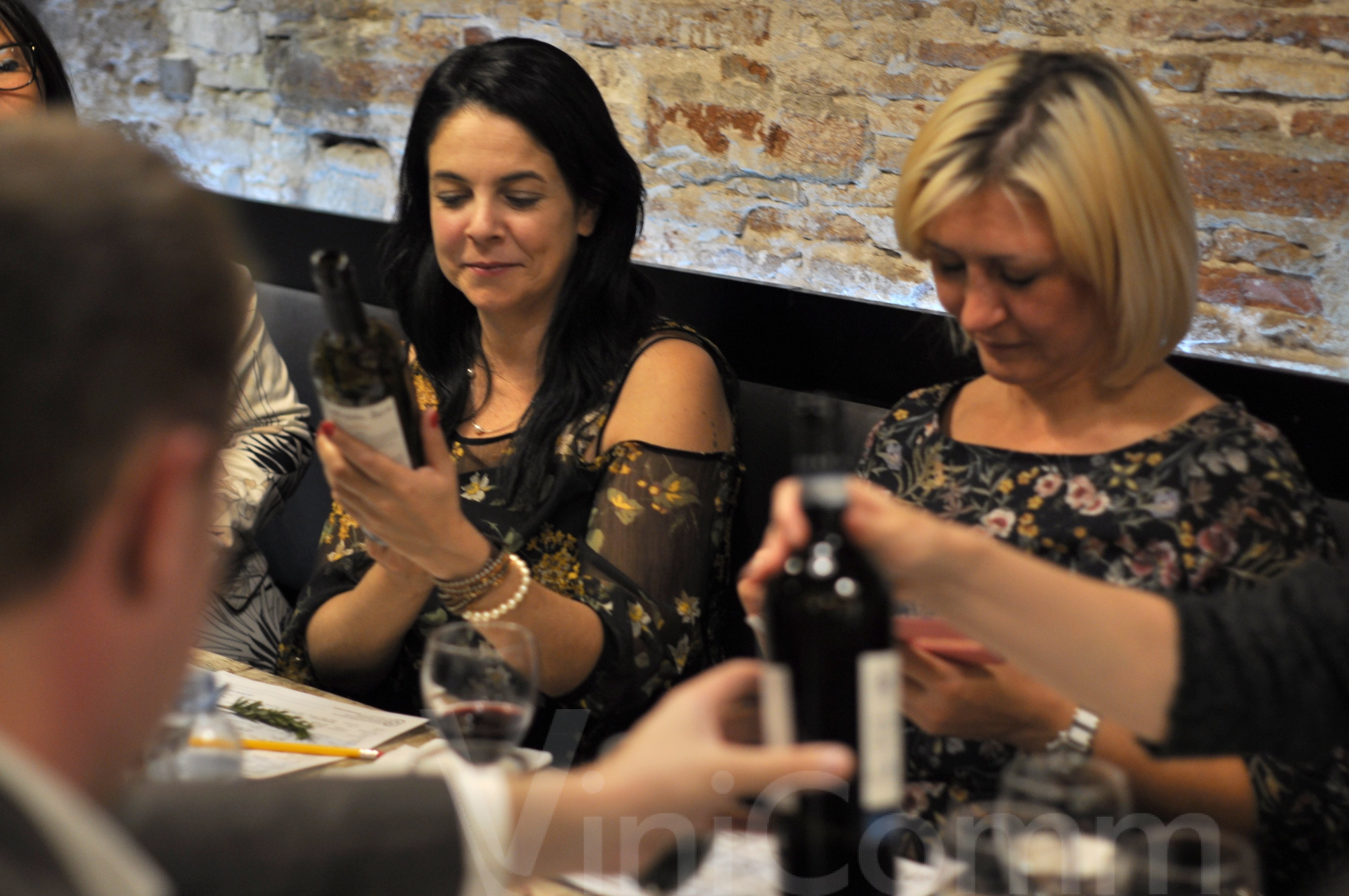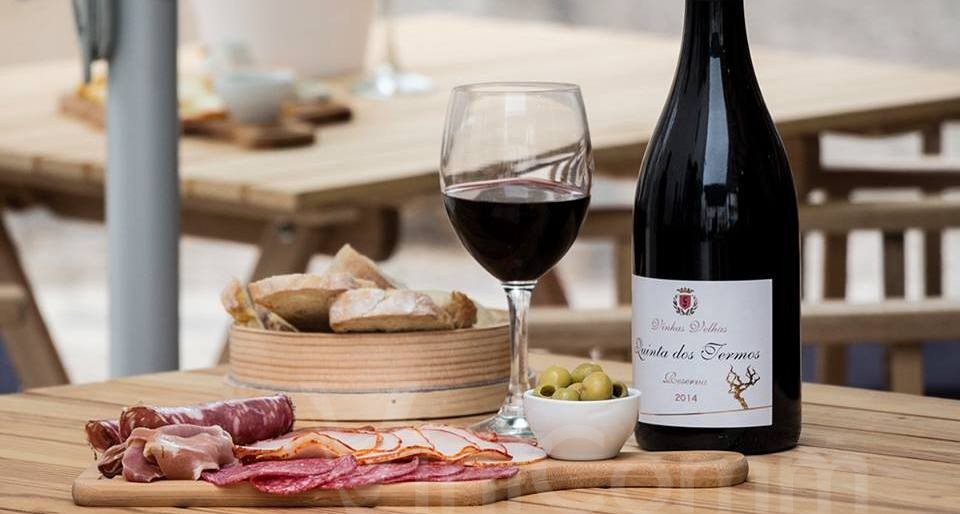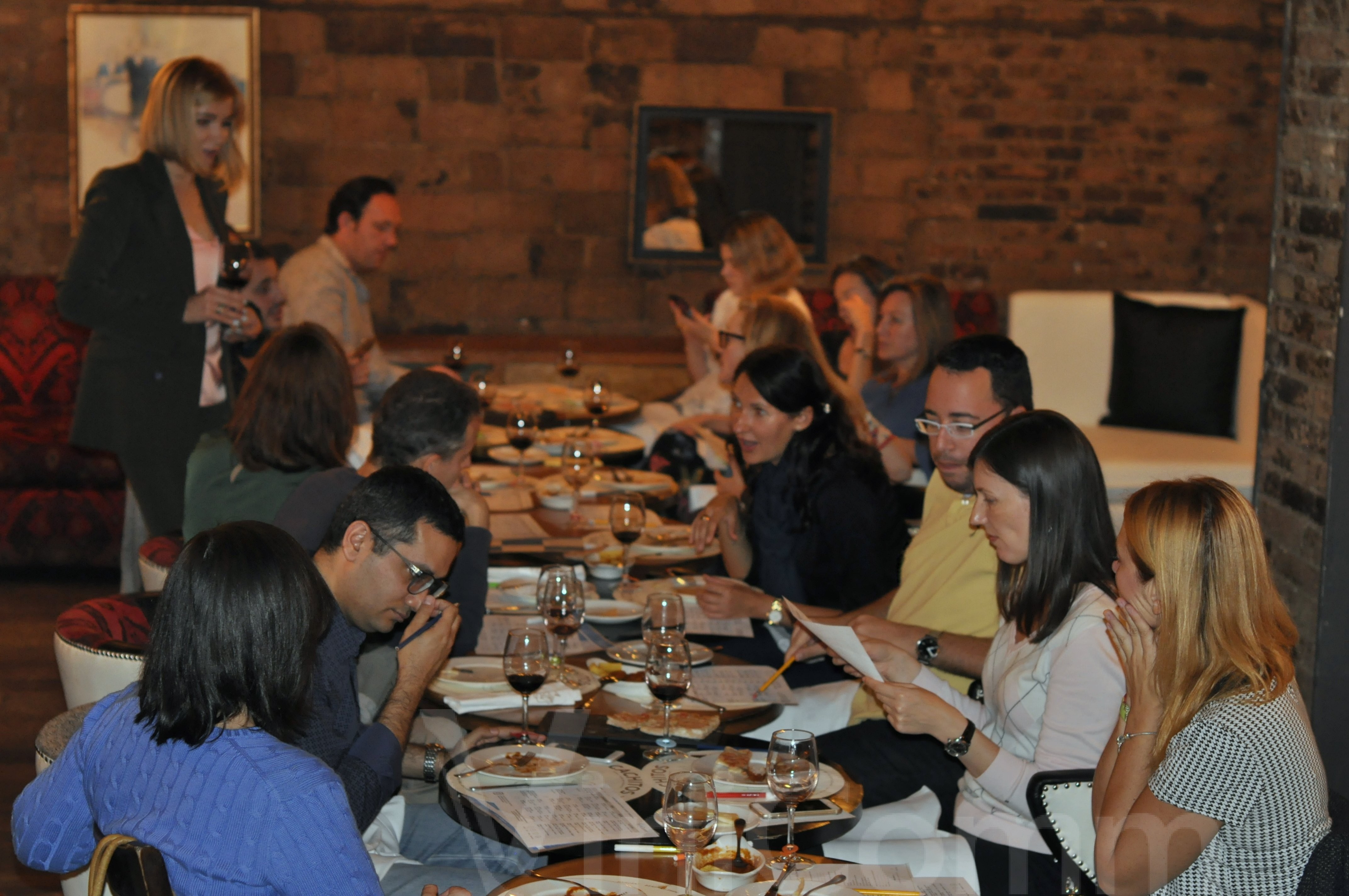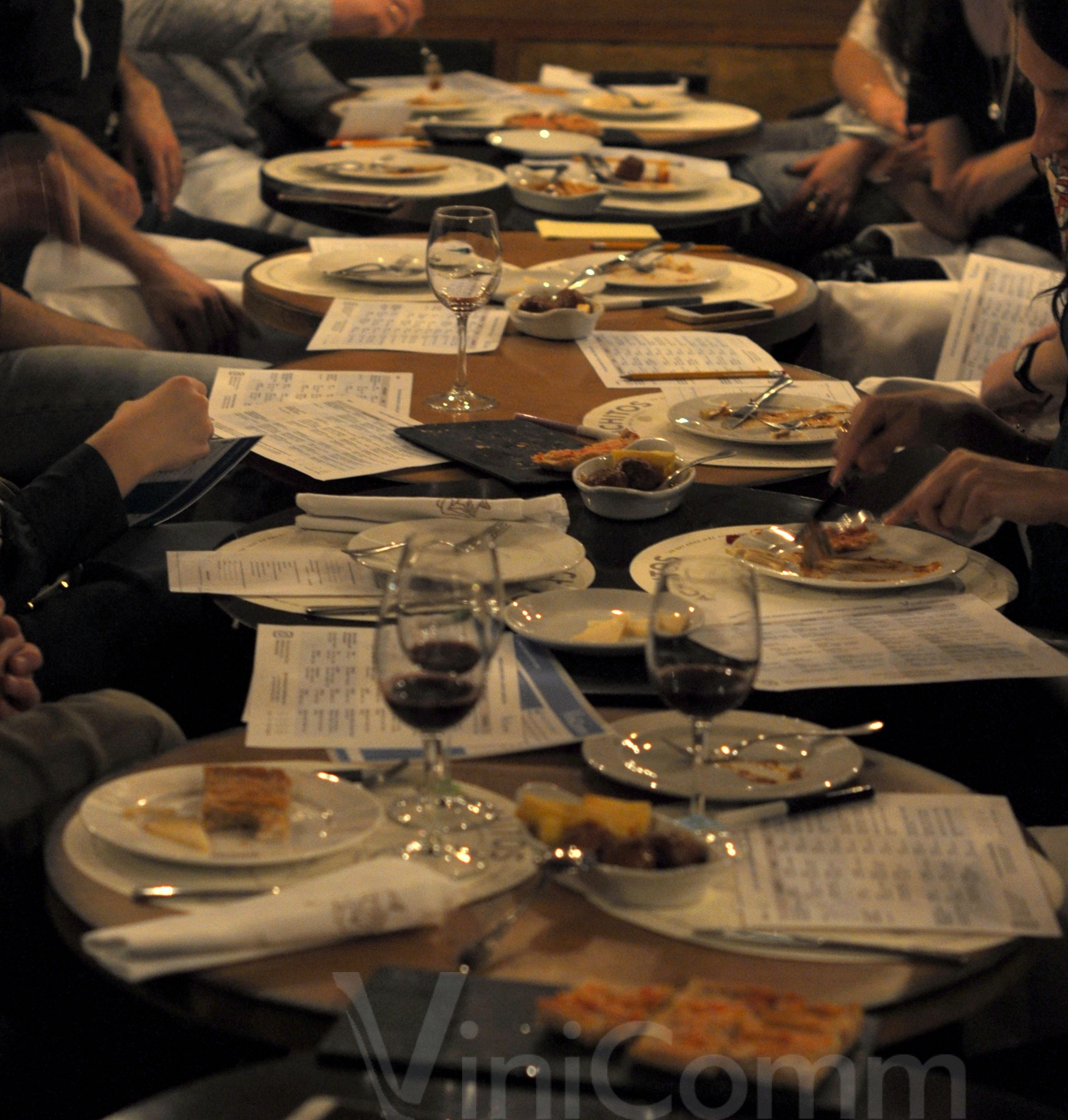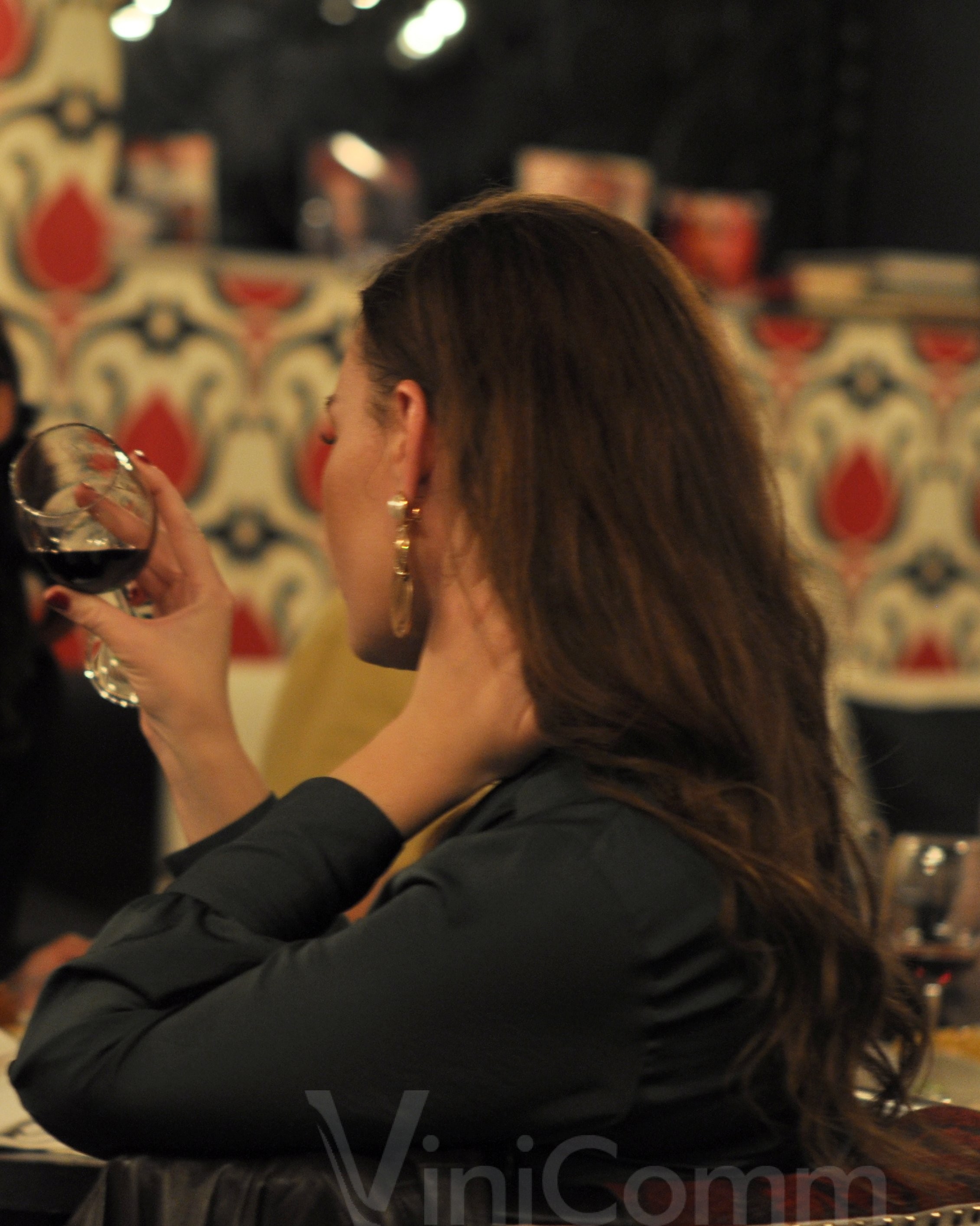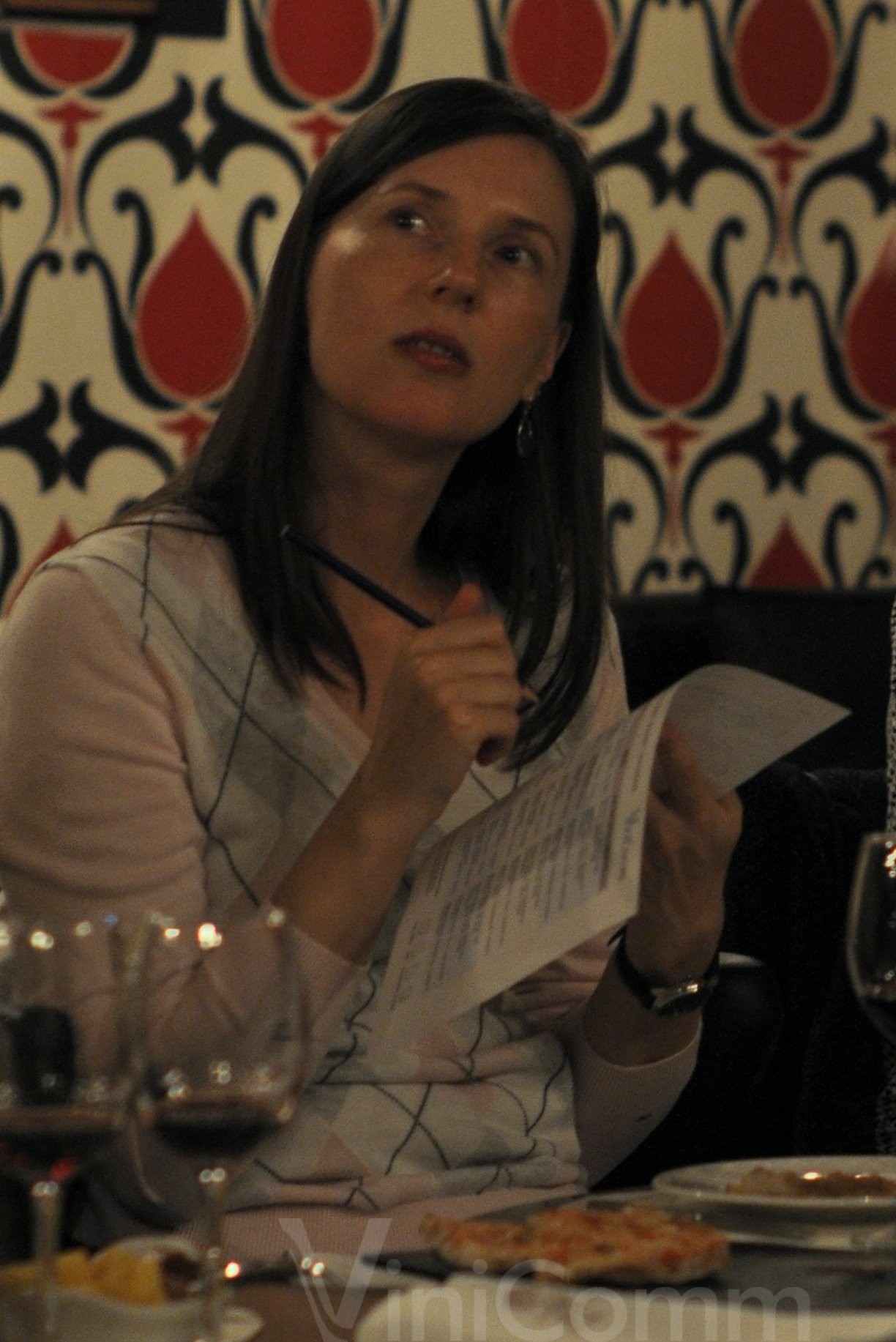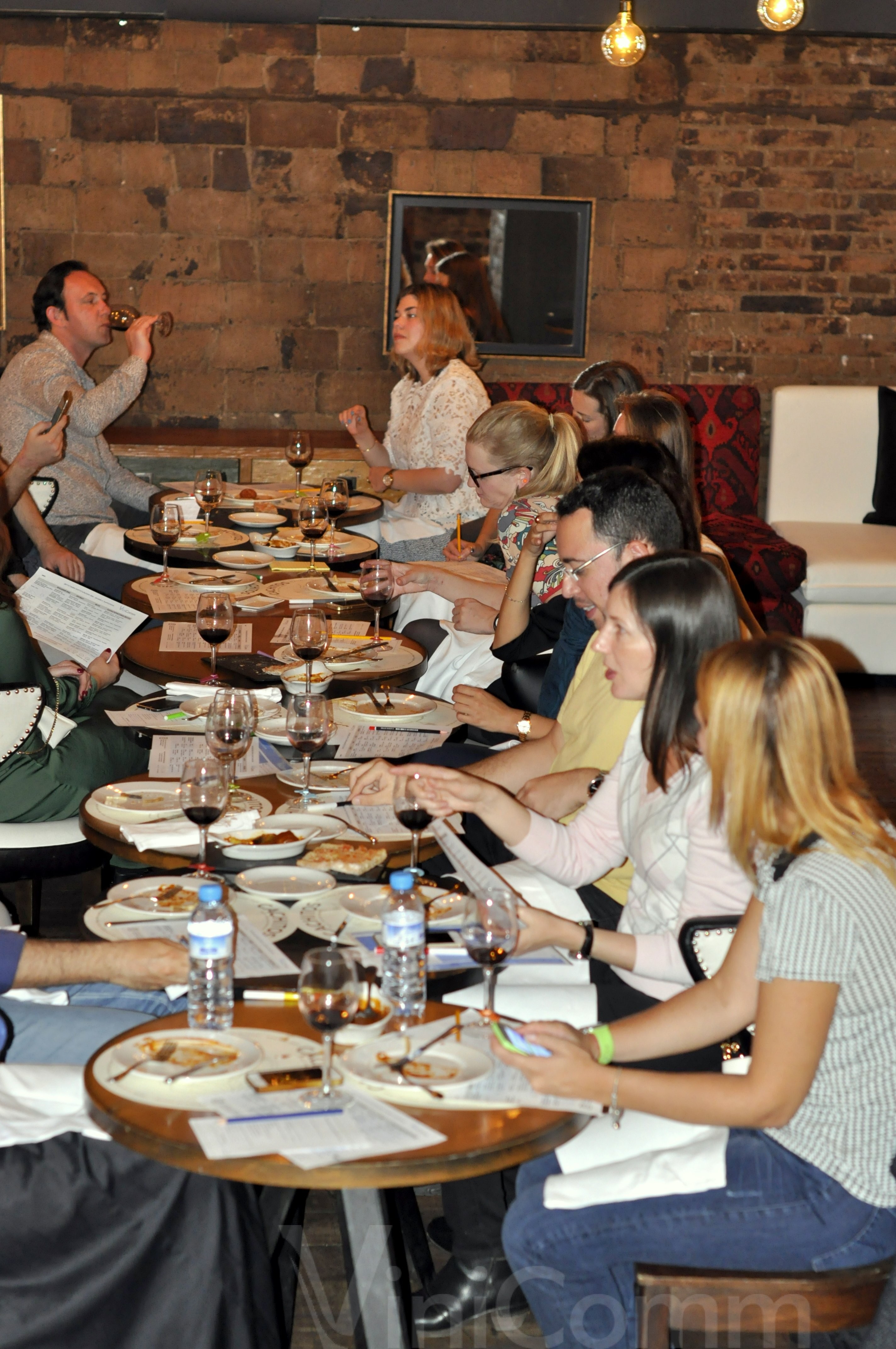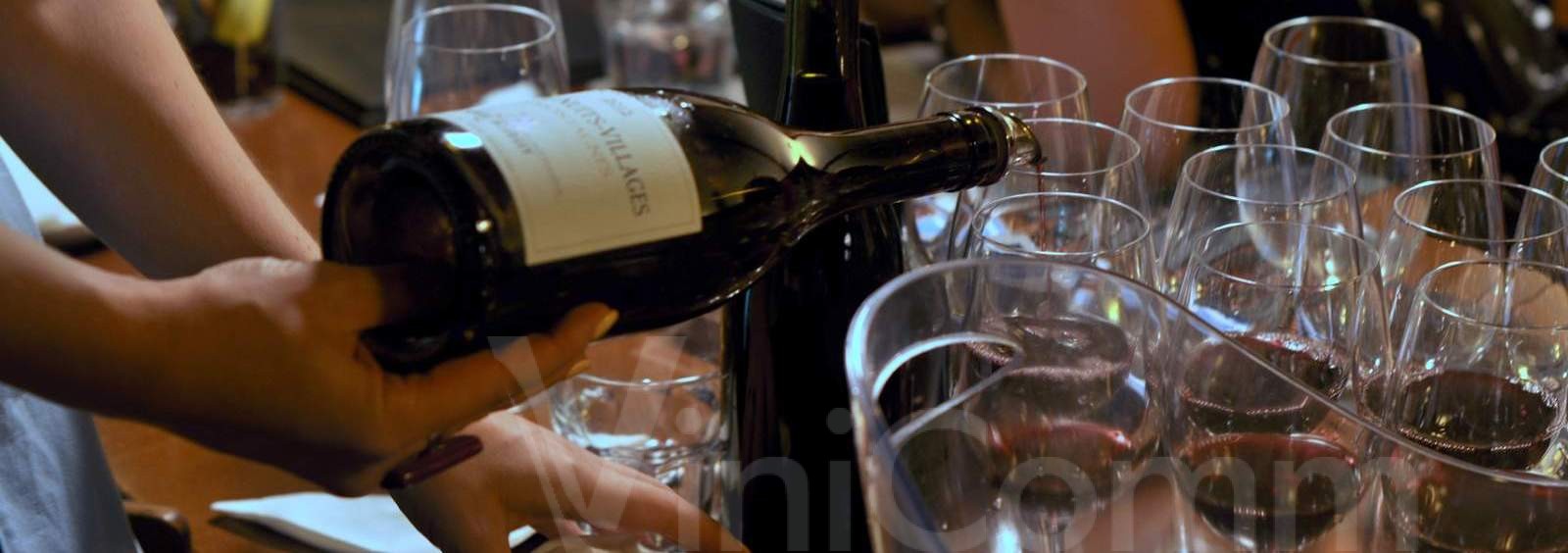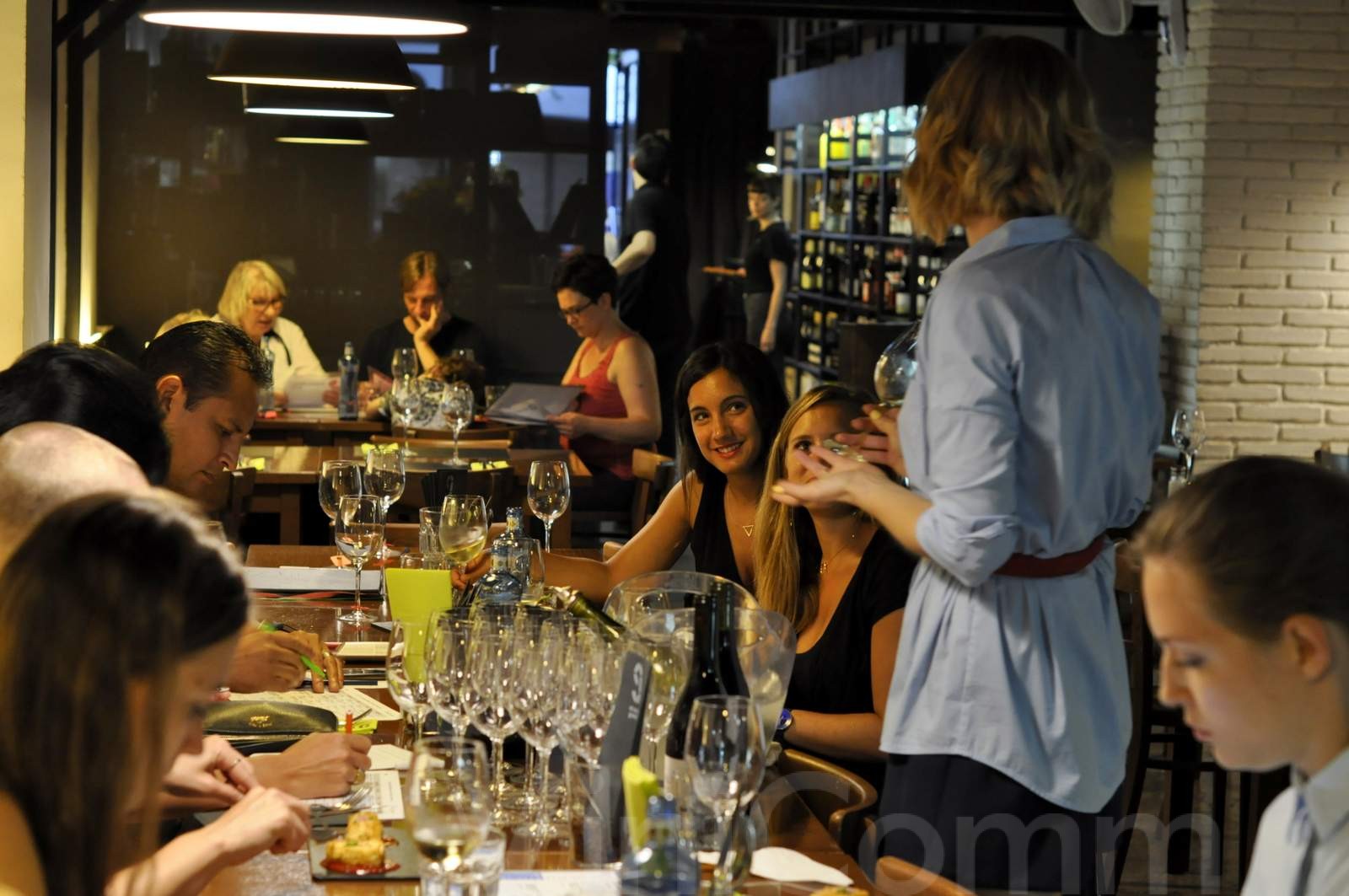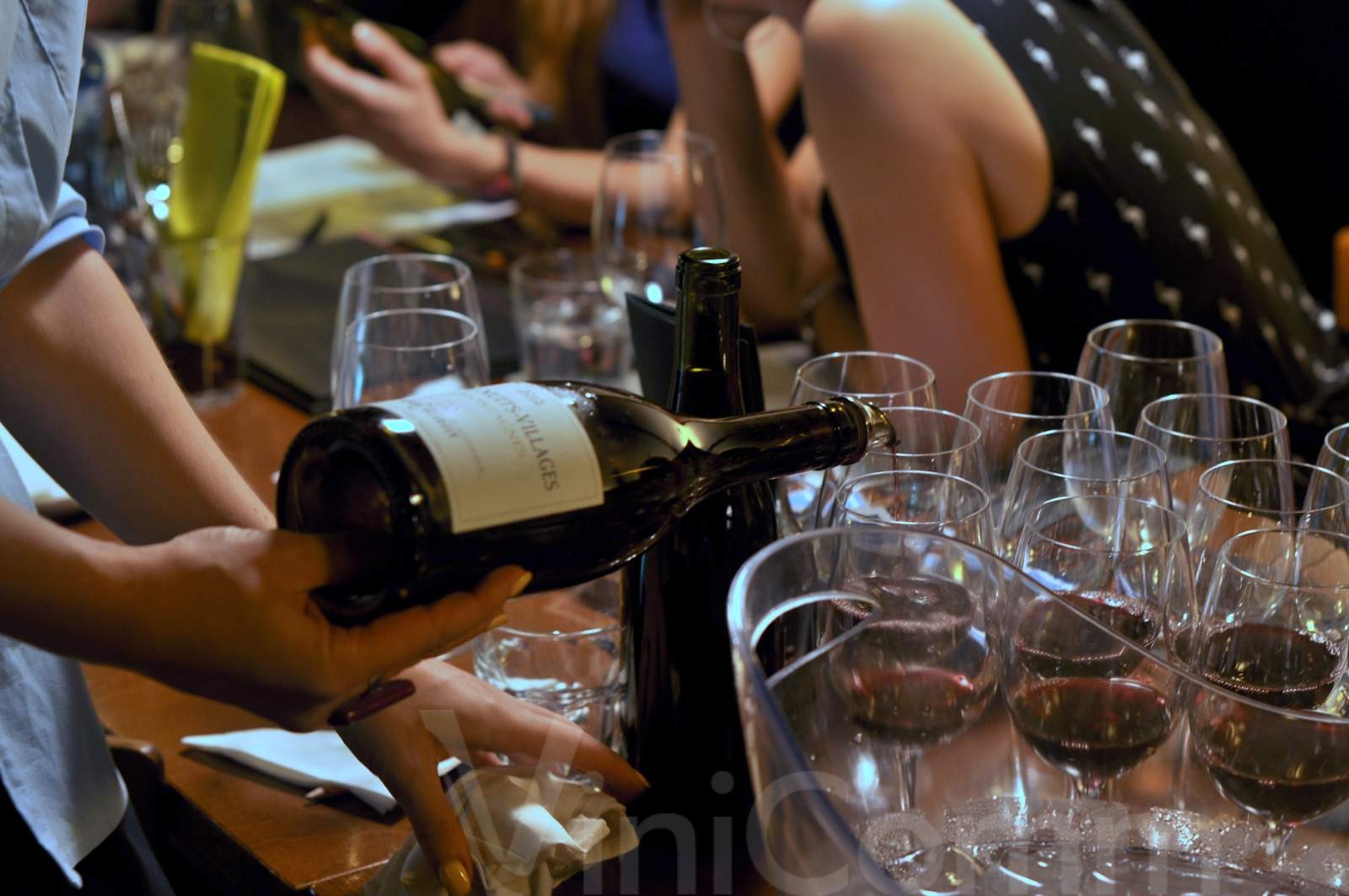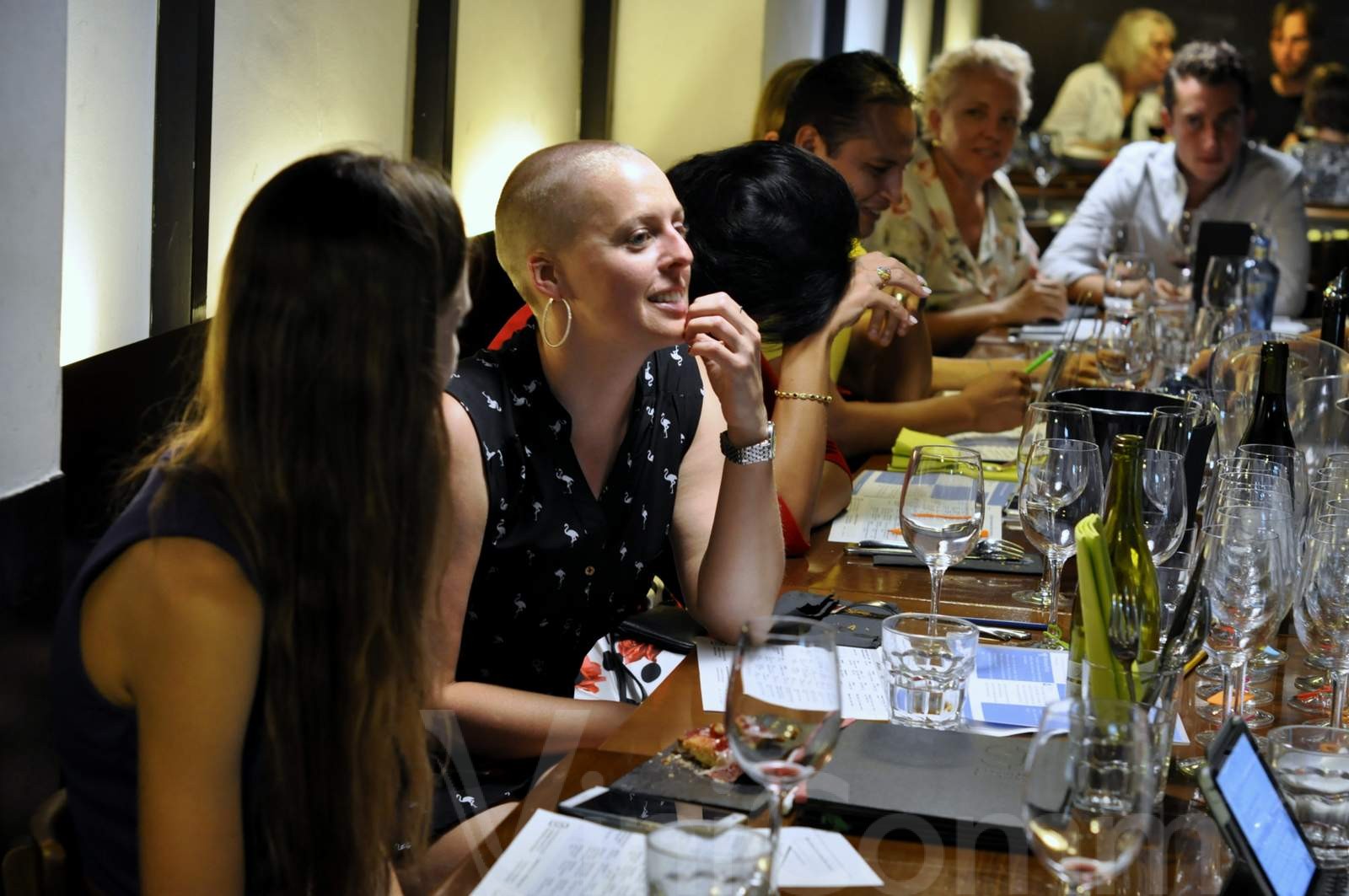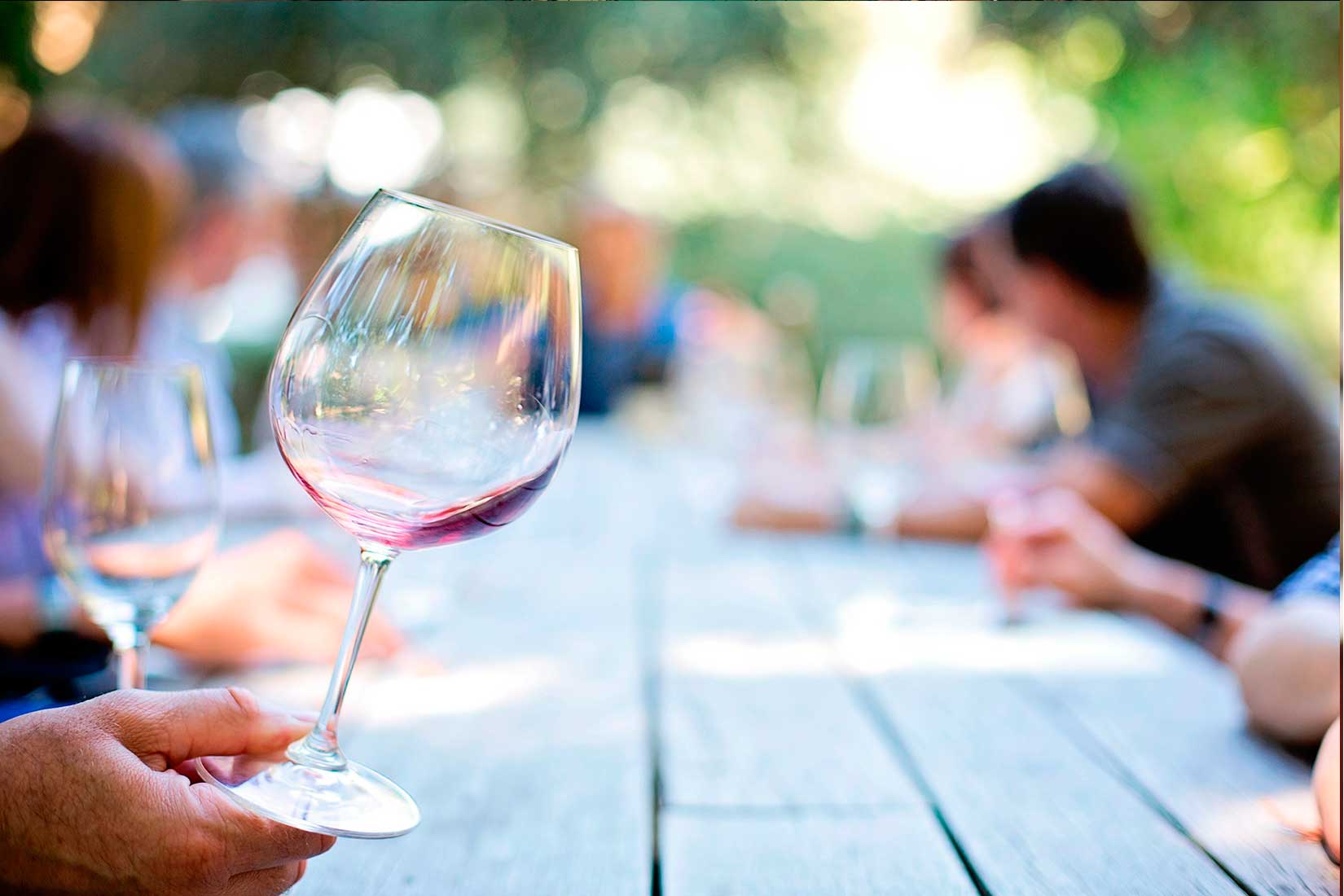We are very delighted that our professional champagne tasting lightened up the festive mood for all winelovers and wine professionals attended!
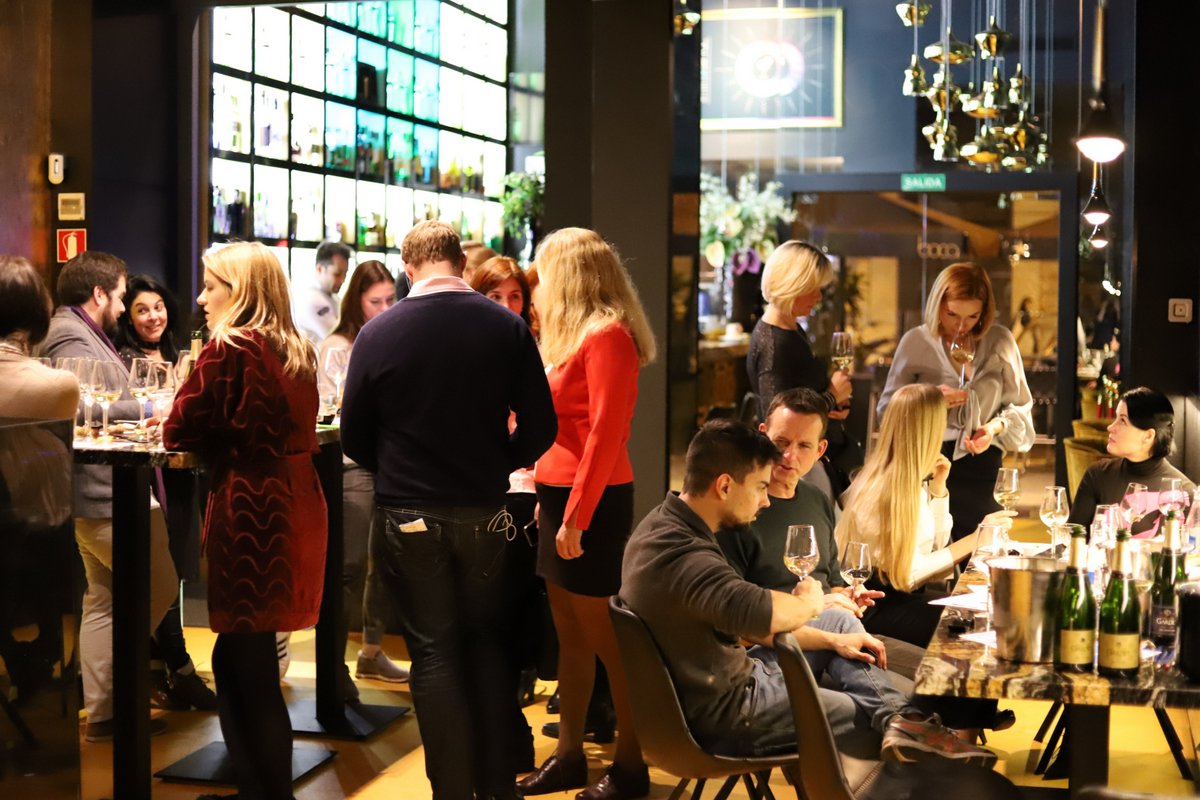
And as a bonus, we all discovered our favourite bubbles among exquisite wines by Champagne House Gardet (Chigny-les-Roses, Premier Cru).
✅ Blanc de Blancs brut – 100% Chardonnay aged on the lees for 3-4 years, really delicate bubbles and freshness preserved.
✅ Blanc de Noirs brut premier cru – 60% Pinot Noir, 40% Meunier, aged on the lees for 2-3 years. Full bodied and elegant wine.
✅ Brut Reserve 1/3 Chardonnay, 1/3 Pinot Noir, 1/3 Meunier, aged on the lees for 4-6 years, 25% of reserved wines aged 1 year in oak, as a result complex, but not over-oaked champagne.
✅ Brut Rosé: 40% Pinot Noir, 40% Meunier, 10%Chardonnay, 10% red AOC Champagne, aged on the lees for 2-3 years. A classy rose champagne with a lot of freshness and fruits.
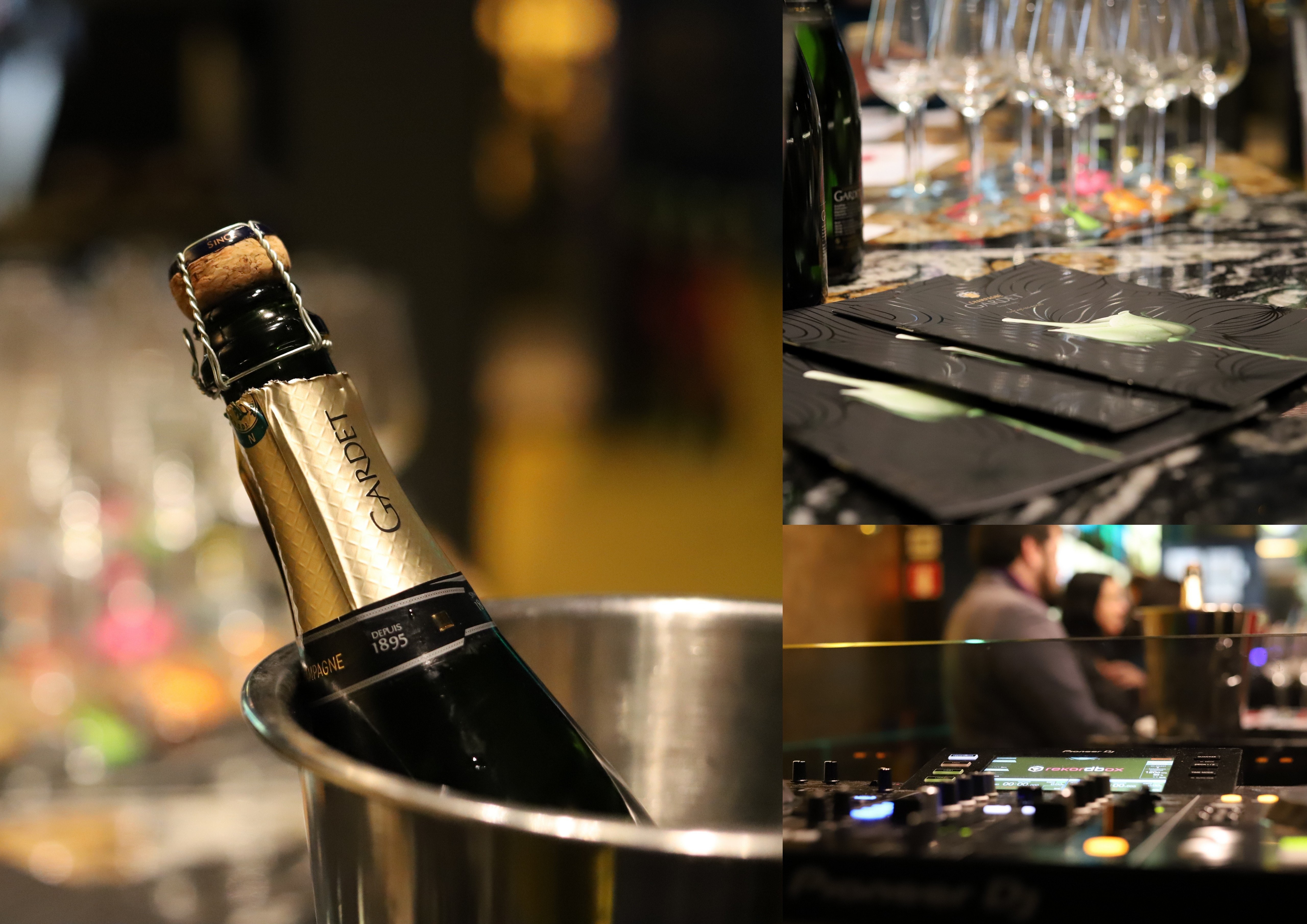



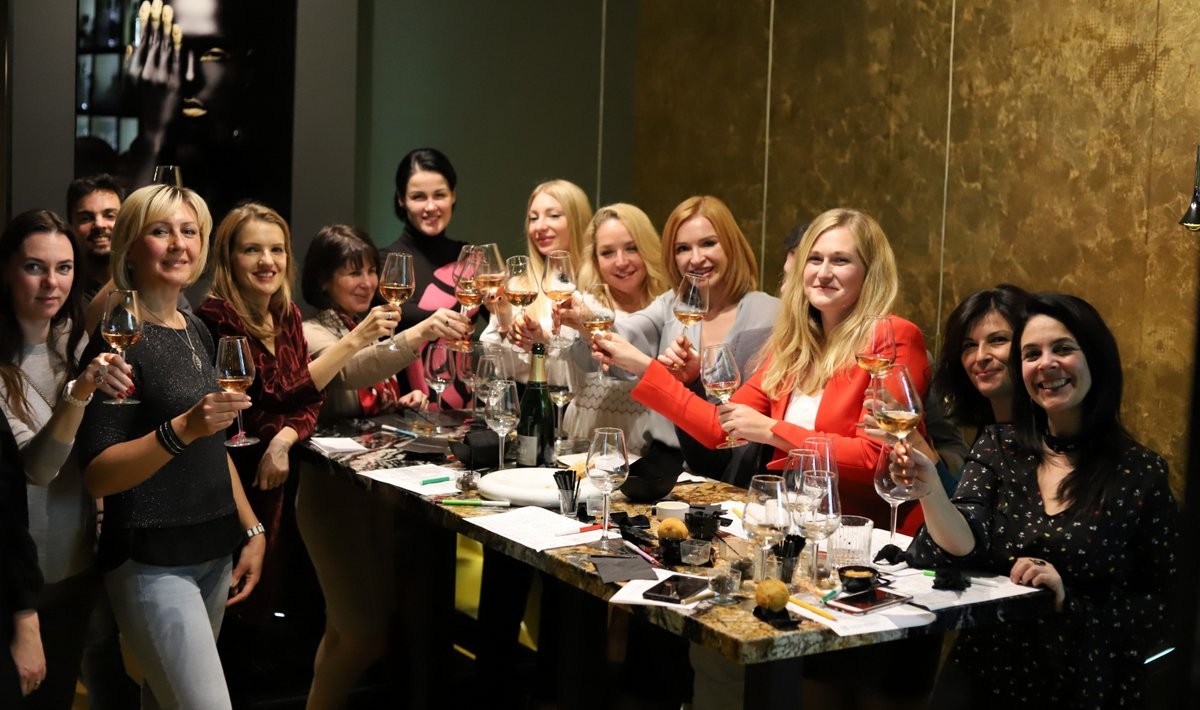

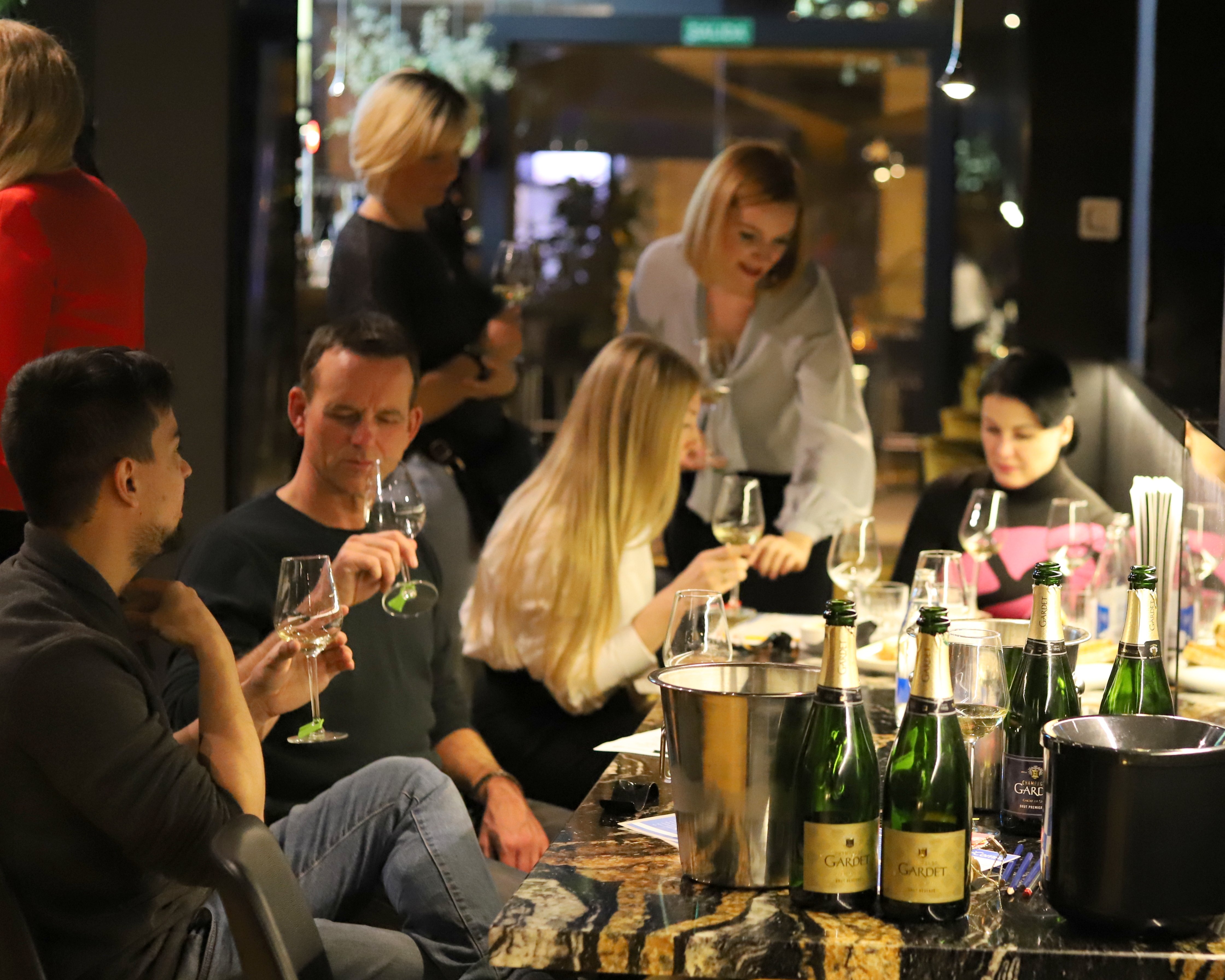
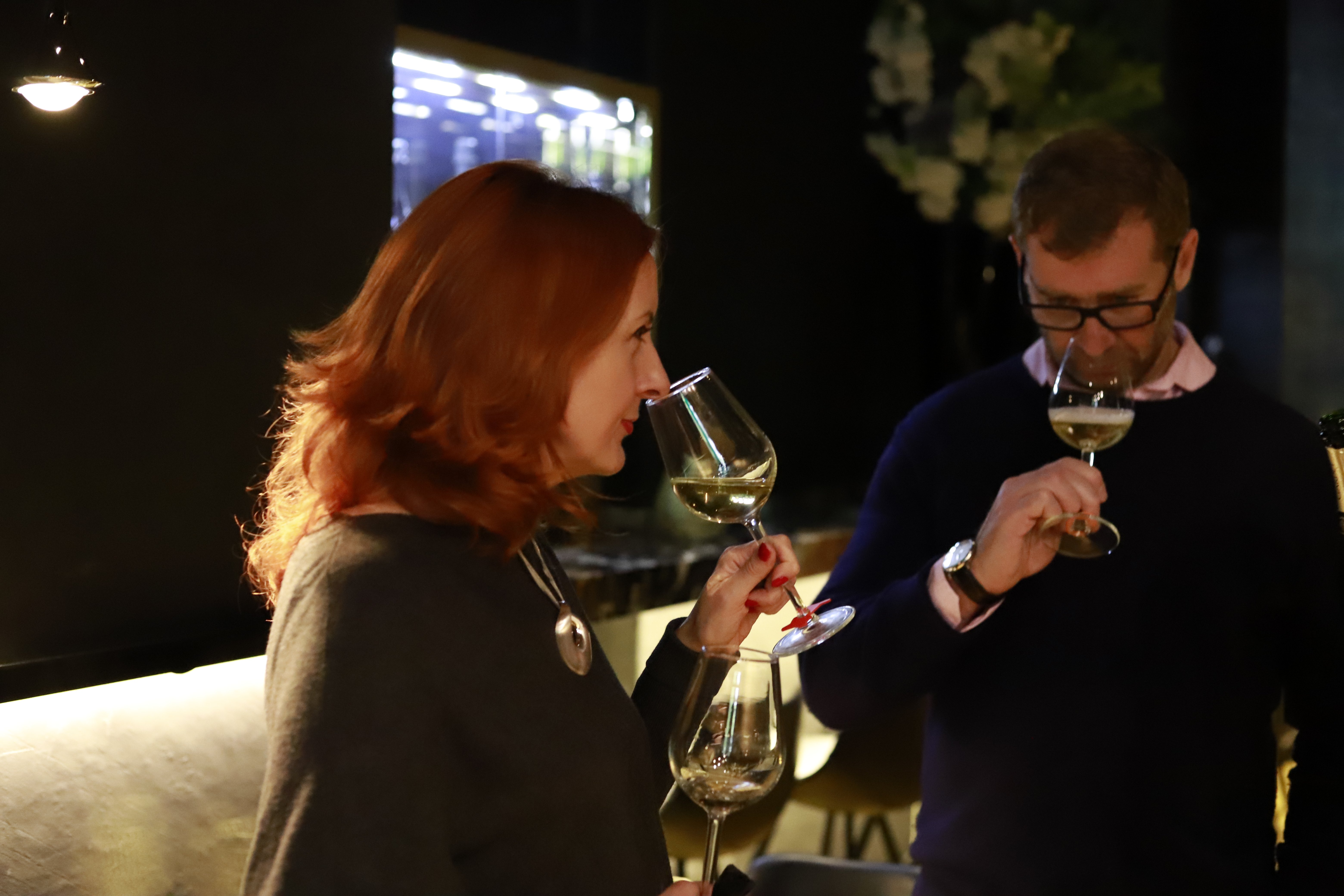
Absolute favourites of the evening were Rose and Blanc de Blancs, however experienced wine professionals appreciated Blanc de Noirs and Brut Reserve even more.
Happy Bubbly New Year 2018!



